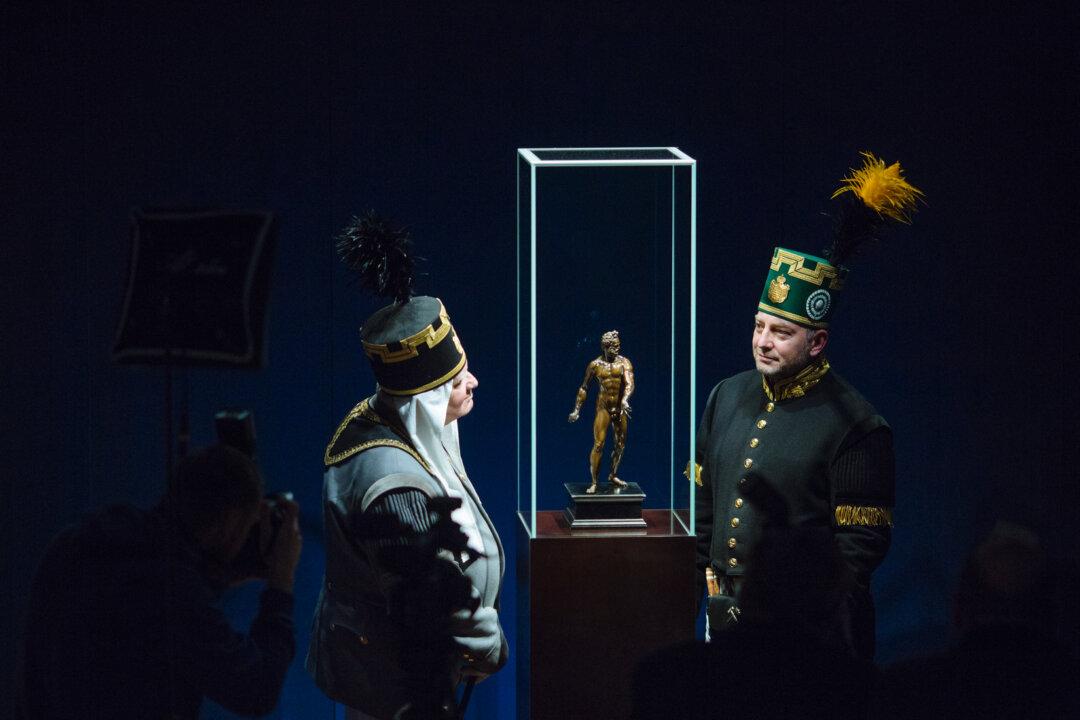The small bronze “Mars” first came to Dresden, Germany, in 1587 as a gift from the Late Renaissance sculptor Giambologna (1529–1608) to Elector Christian I of Saxony. (Electors were German princes with the power to elect the Holy Roman Emperor.) The “Dresden Mars” is thought to be the only surviving bronze that Giambologna produced for a royal sovereign. For 300 years, the statuette was part of the Saxon electors’ art collection.
Then, in 1924, the bronze went into private ownership as part of the “Fürstenabfindung,“ when the personal property of the dethroned princes was confiscated by the German state.






